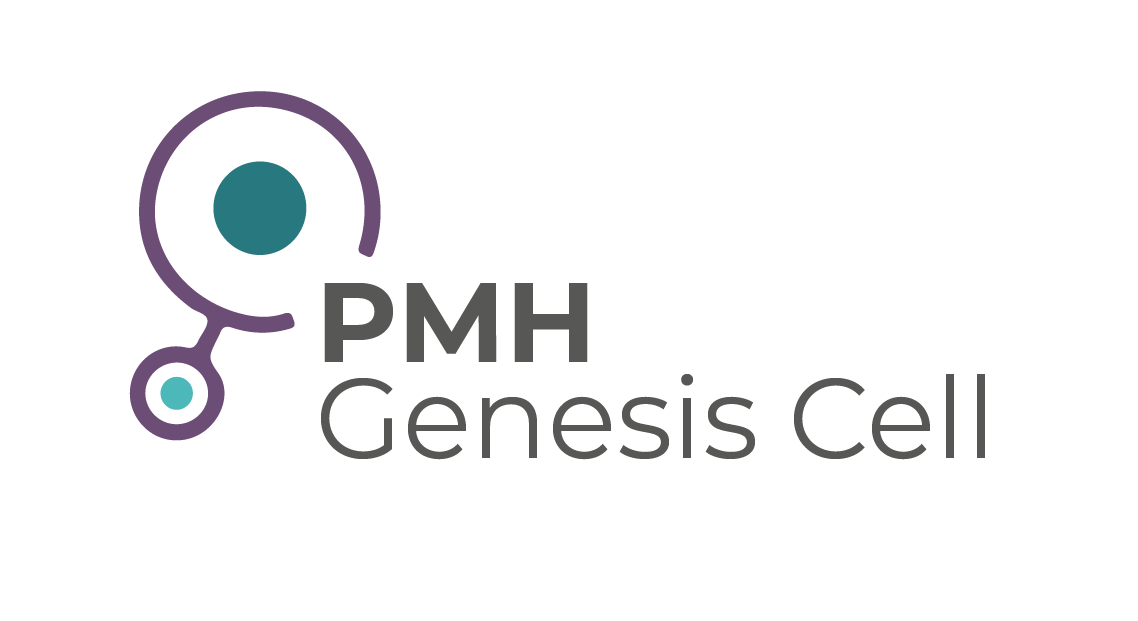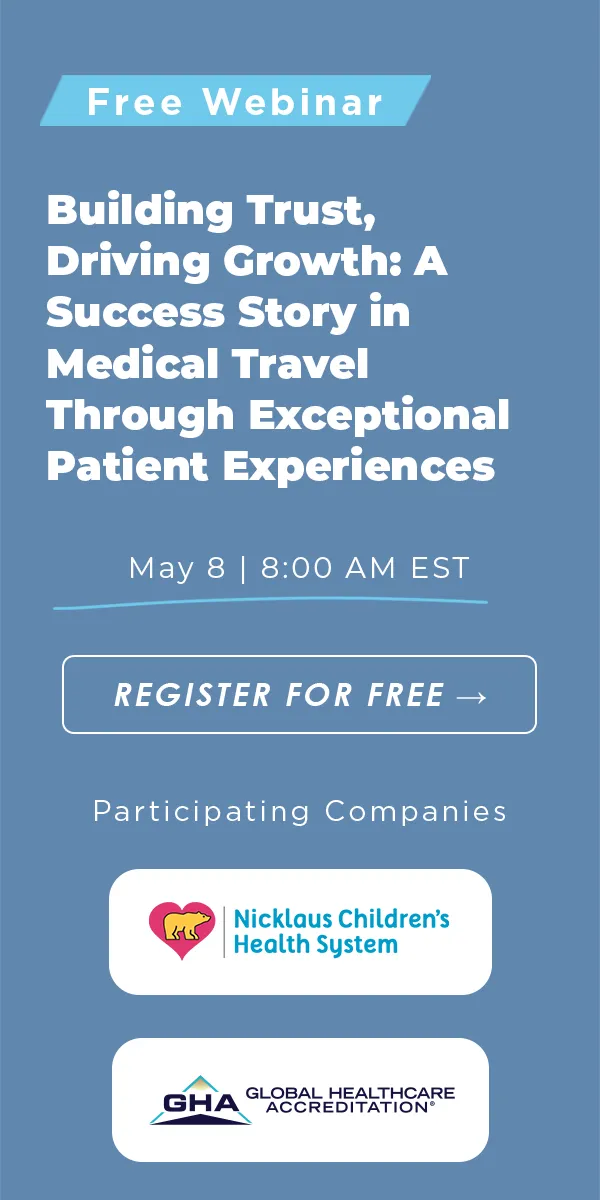Arrhythmia Treatment
Steps Involved in IVF:
Procedure Description:
What is Arrhythmia Treatment?
Arrhythmia is a medical condition characterized by irregular heartbeats, which can be either too slow or too fast. This condition can lead to a range of health issues, including heart failure, stroke, and other complications if left untreated. Arrhythmia treatment is aimed at regulating the heartbeat back to a normal rhythm through various techniques such as medications, electrical shock procedures, or surgical interventions like ablation or pacemaker/ICD implantation.
Why Would Someone Need Arrhythmia Treatment?
Individuals with symptoms like palpitations, dizziness, shortness of breath, or fainting episodes might be diagnosed with arrhythmia through diagnostic tests like an EKG (Electrocardiogram). Some types of arrhythmias are not life-threatening but can lead to discomfort and reduced quality of life, while others are severe and require immediate treatment. The condition could be indicative of underlying heart issues and therefore should not be ignored.
Role of Medical Tourism in Arrhythmia Treatment
Medical tourism provides a significant opportunity for those who face long waiting lists, high costs, or lack of specialized medical technology in their home country. It allows patients to seek world-class arrhythmia treatment in specialized hospitals abroad.
Procedure Duration:
Time Required for Procedures
The duration of arrhythmia treatment varies depending on the procedure being done. Medication regimens can be long-term, while an electrical cardioversion procedure may take only a few minutes but requires preparation and post-procedure monitoring. Ablation procedures could last between 3-6 hours. Pacemaker or ICD implantation might take 1-3 hours in the operating room, followed by a hospital stay.
Recovery Time
After the procedure, recovery time varies depending on the specific treatment and the patient's overall health. For less invasive treatments like electrical cardioversion, patients might be discharged on the same day. Surgical interventions such as ablation or pacemaker/ICD implantation may require hospital stays of several days to a week. It's advisable to anticipate at least 2-4 weeks for complete recovery, including any follow-up appointments.
Why Duration Matters in Medical Tourism
Understanding the procedure and recovery duration is crucial when planning a medical trip abroad. You'll need to account for your time in the hospital, post-op recovery, and any potential complications that may extend your stay.
Benefits:
- Cost Savings: Treatment abroad often offers significant cost savings compared to domestic healthcare systems, even when accounting for travel expenses.
- Expertise: Specialized cardiac centers abroad often have a high level of expertise and a history of treating complex arrhythmias.
- Advanced Technology: Hospitals in popular medical tourism destinations are likely to have the latest medical technology and equipment.
Potential Destinations:
- India: Renowned for its state-of-the-art cardiac hospitals and affordable costs.
- Thailand: Known for its luxurious healthcare facilities and advanced cardiac treatments.
- Germany: Home to some of the world’s leading heart specialists and medical facilities.
Risks & Considerations:
- Quality of Care: Research the hospital's accreditations and the treating physician's credentials.
- Language Barrier: Consider how you will communicate with healthcare providers.
- Legal Aspects: Understand the legal recourse available in case of malpractice.
How to Choose the Right Doctor and Hospital:
- Check Qualifications: Ensure the doctor is board-certified in cardiology or electrophysiology.
- Research Hospital Ratings: Look for hospitals that specialize in cardiology and have a good reputation.
- Consult Previous Patients: Read reviews or seek recommendations from other medical tourists who have undergone similar procedures.
To receive a free quote for this procedure please click on the link: https://www.medicaltourism.com/get-a-quote
Patients are advised to seek hospitals that are accredited by Global Healthcare and only work with medical tourism facilitators who are certified by Global Healthcare Accreditation or who have undergone certification from the Certified Medical Travel Professionals (CMTP). This ensures that the highest standards in the industry are met. GHA accredits the top hospitals in the world. These are the best hospitals in the world for quality and providing the best patient experience. Click the link to check out hospitals accredited by the Global Healthcare Accreditation: https://www.globalhealthcareaccreditation.com
Frequently Asked Questions
What actually happens during hyperstimulation of the ovaries?
The patient will take injectable FSH (follicle stimulating hormone) for eight to eleven days, depending on how long the follicles take to mature. This hormone is produced naturally in a woman’s body causing one egg to develop per cycle. Taking the injectable FSH causes several follicles to develop at once, at approximately the same rate. The development is monitored with vaginal ultrasounds and following the patient’s levels of estradiol and progesterone. FSH brand names include Repronex, Follistim, Menopur, Gonal-F and Bravelle. The patient injects herself daily.
What happens during egg retrieval?
When the follicles have developed enough to be harvested, the patient attends an appointment where she is anesthetized and prepared for the procedure. Next, the doctor uses an ultrasound probe to guide a needle through the vaginal wall and into the follicle of the ovary. The thin needle draws the follicle fluid, which is then examined by an embryologist to find the eggs. The whole process takes about 20 minutes.
What happens to the eggs?
In the next step, the harvested eggs are then fertilized. If the sperm from the potential father, or in some cases, anonymous donor, has normal functionality, the eggs and sperm are placed together in a dish with a nutrient fluid, then incubated overnight to fertilize normally. If the sperm functionality is suboptimal, an embryologist uses Intracytoplasmic Sperm Injection to inject a single sperm into a single egg with an extremely precise glass needle. Once fertilization is complete, the embryos are assessed and prepared to be transferred to the patient’s uterus.
How are the embryos transferred back to the uterus?
The doctor and the patient will discuss the number of embryos to be transferred. The number of successfully fertilized eggs usually determines the number of eggs to be placed in the uterus. Embryos are transferred to the uterus with transabdominal ultrasound guidance. This process does not require anesthesia, but it can cause minor cervical or uterine discomfort. Following transfer, the patient is advised to take at least one days bed rest and two or three additional days of rest, then 10 to 12 days later, two pregnancy tests are scheduled to confirm success. Once two positive tests are completed, an obstetrical ultrasound is ordered to show the sac, fetal pole, yolk sac and fetal heart rate.
Embryoscope©
Built into this technology there is a microscope with a powerful camera that allows the uninterrupted monitoring of the embryo during its first hours of life. In this way, we can keep a close eye on the embryo, from the moment when the oocyte is inseminated and begins to divide into smaller and smaller cells, until it can be transferred to the uterus.
Orthopedics Stem Cell
Knee
Research on mesenchymal stem cells regenerative properties in knee osteoarthritis. In these studies, researchers suggest that Stem Cell Therapy has the potential to regenerate lost cartilage, stop and reverse cartilage degeneration, provide pain relief, and improve patient mobility.
Shoulder
Stem Cell Therapy as an Alternative to Rotator Cuff & Shoulder Replacement Surgery. Stem cell therapy may offer an excellent alternative for patients looking to avoid shoulder joint replacement surgery, as well as many other surgical treatments for shoulder pain.
Ankle
If you suffer from chronic or acute ankle pain or instability due to arthritis, cartilage loss, ligament strain or tear, or tendon damage, then you may benefit from non-surgical stem cell treatments or stem cell-enhanced surgery.
Back Pain
Patients now have a minimally invasive option. Stem cell therapy for back pain and disc herniations can potentially repair the damaged disc or facet joint, restore function, rehydrate the disc, and ultimately alleviate chronic pain.
Anti-Aging Stem Cell
Hair Loss
Stem cell therapy and PRP therapy have been shown to be most effective for: Those in the early stages of hair loss, patients who are not viable candidates for surgery and women who prefer to avoid hair surgery.
Facial Anti-Aging
Aesthetic Anti-Aging. The Aesthetic Stem Cell Localized Treatment is a non-surgical minimally invasive procedure to enhance the appearance of aging skin and hair restoration. This all-natural technique combines dermal injections of bone marrow or adipose tissue derived stem cells and growth factors.
Fertility Stem Cell
Endometrial PRP
The stem cells used for treatment of a thin endometrium include mesenchymal stem cells. In addition, successful repair of the endometrium in pregnancy with stem cells has been reported previously.
Low Ovarian Reserve (PRP)
The treatment uses PRP (Platelet-Rich-Plasma), which with stem cell therapy is the novel therapeutic approach for restoring the quality of the ovarian reserve.Your PRP will contain a physiologic balance of platelets, growth factors and white blood cells tailored specifically for you.

Punta Mita Hospital
Mexico


Punta Mita Hospital - Genesis Cell
Mexico












